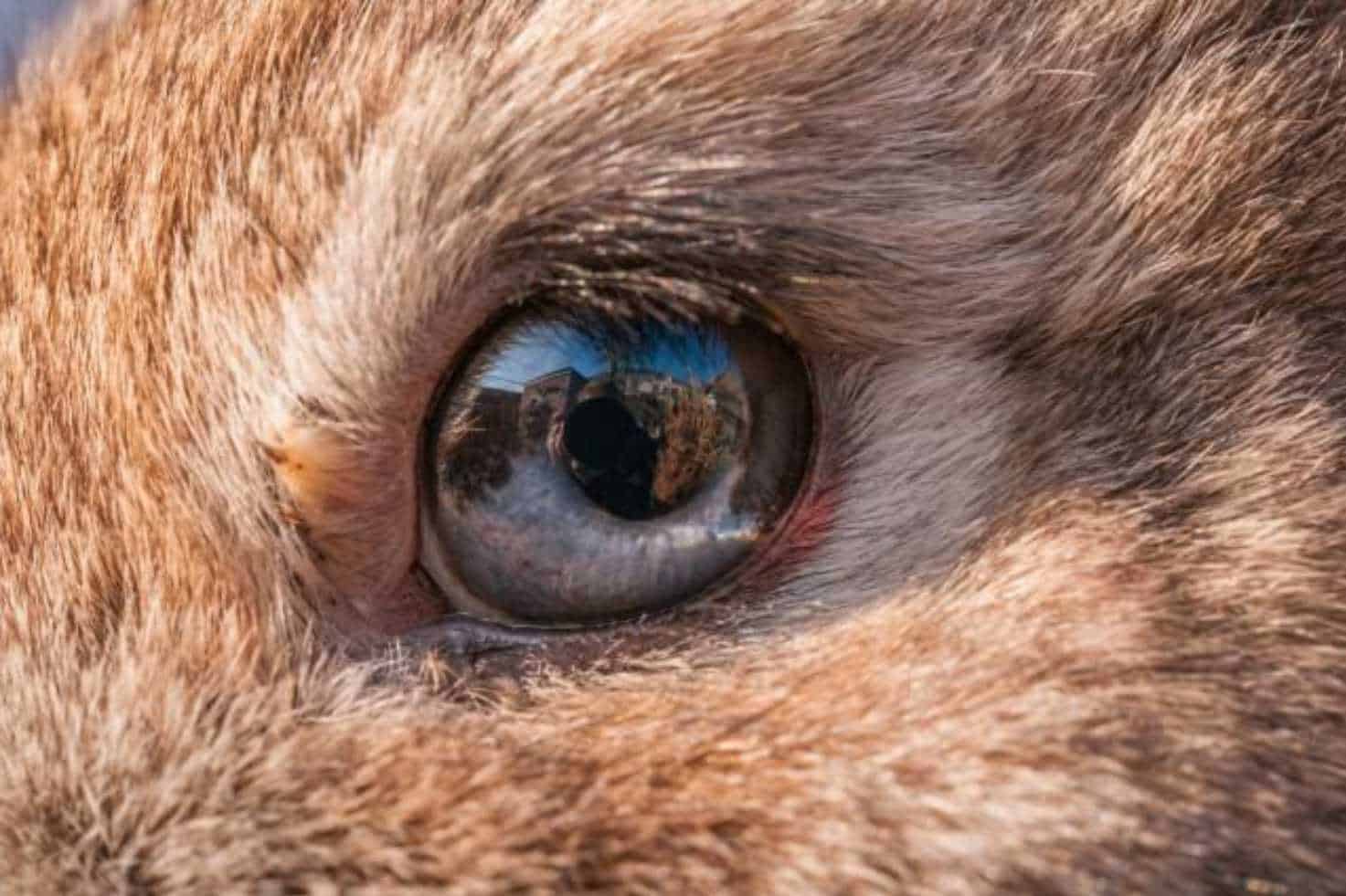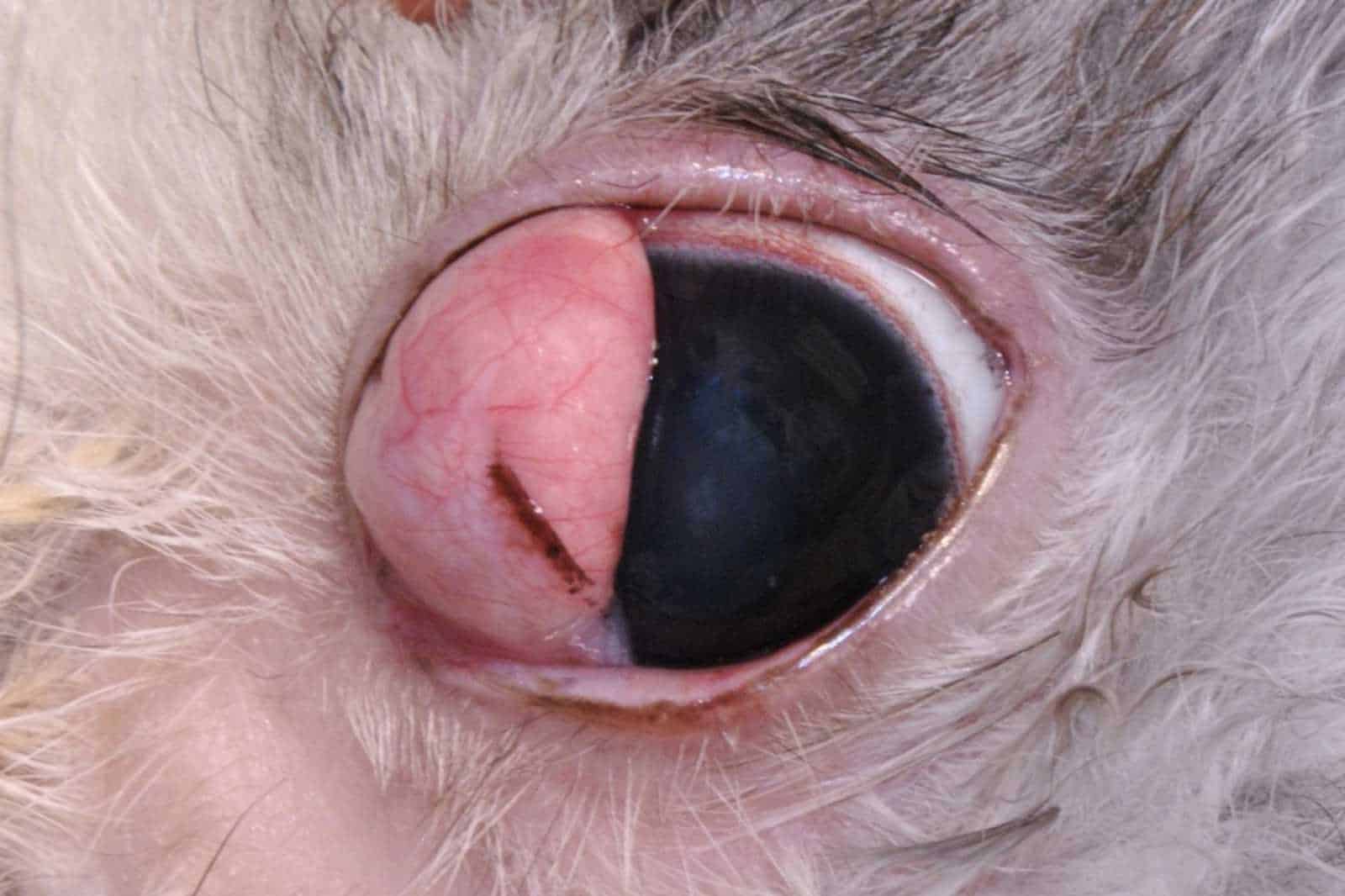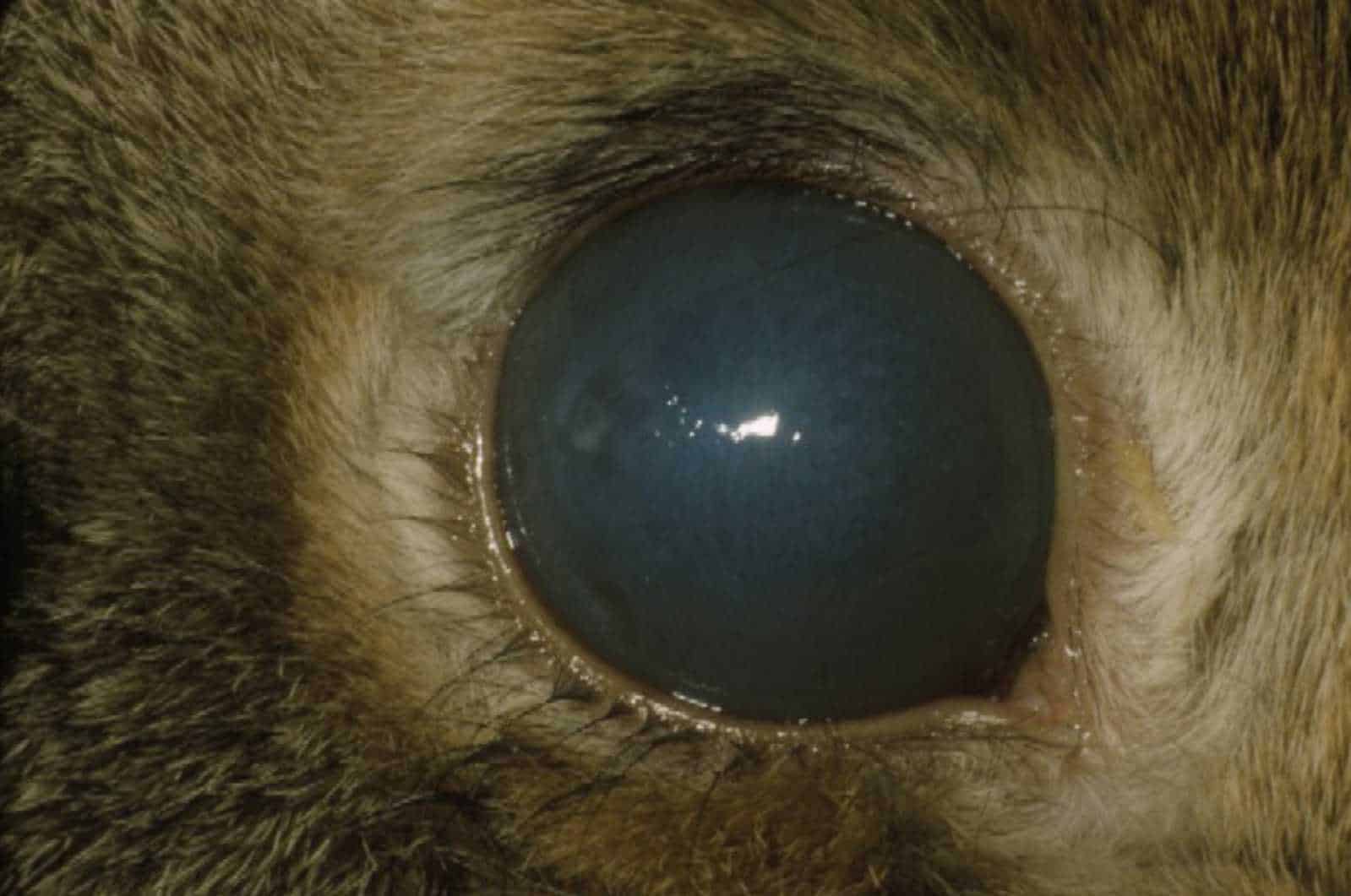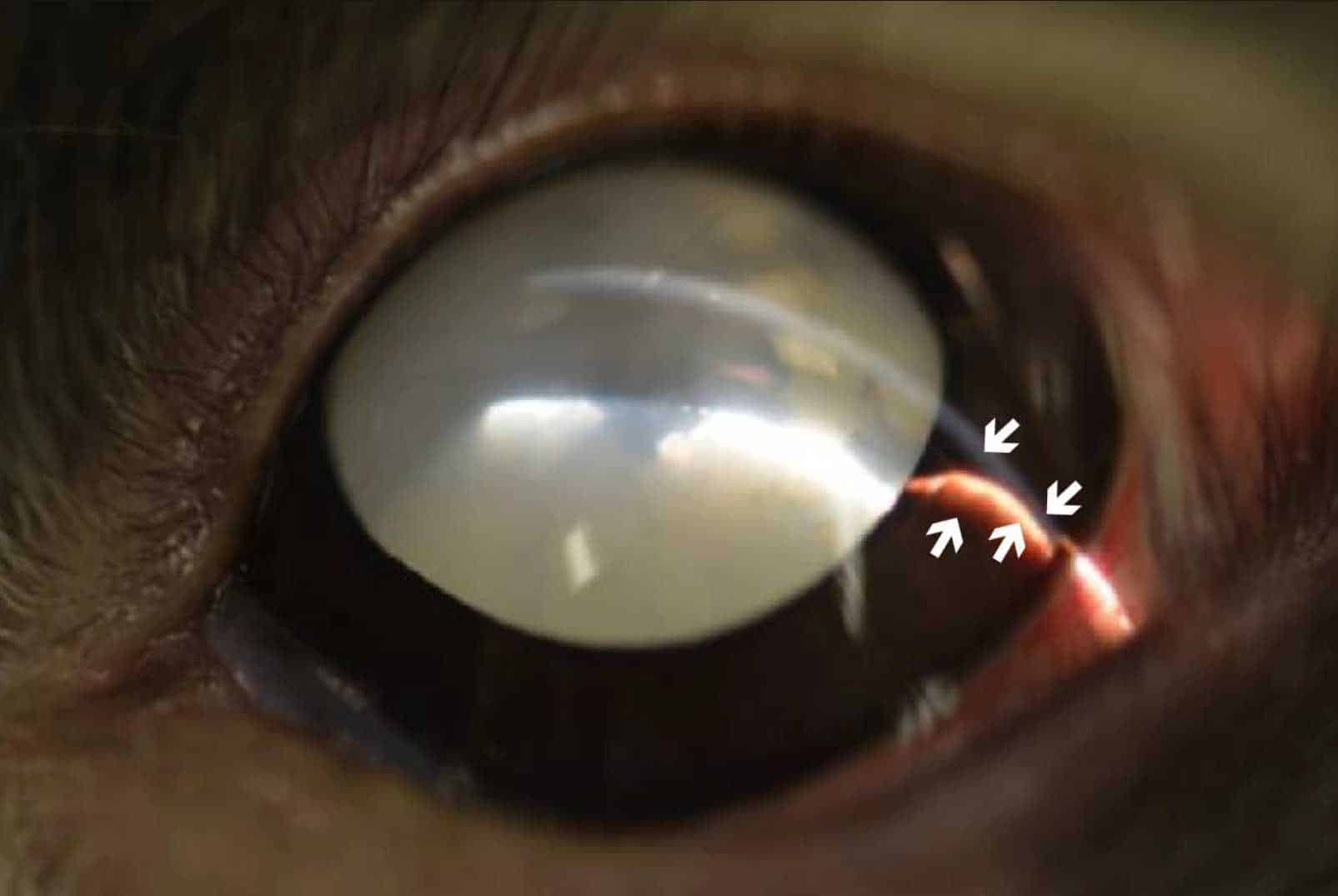Rabbits are prey animals that are sensitive to a lot of things. This includes diseases affecting different parts of their body. Their eyes are also susceptible to difficulties and problems, just like humans’ eyes are subject to several different eye problems.
To protect them from these issues, you would need to know what to look out for. Here are four rabbit eye problems.
Rabbit Eye Health
Keeping your rabbit healthy includes making sure that every part of them is healthy. Health is not only limited to their digestion, their weight, fur, and diet, but there is so much more to consider. One of these is their eye health and care.
Their eyes are a vital part of your rabbit’s life and are critical components for survival. Their vision may have blind spots, but the sensitivity of their eyes is a helpful factor for danger detection.
This being said, eyecare for rabbits is also necessary for them to maximize their lives and have fun living it with their loved ones.
Rabbit Eye Problem 1: Conjunctivitis
Conjunctivitis is one of the most common eye issues for rabbits. This eye problem is contractable for rabbits and is also prevalent in many animals around the world.
This problem arises when the conjunctiva gets inflamed or turns pink. This is why conjunctivitis is also called pink eye, and sometimes, other people refer to it as the weepy eye. Your rabbit can contract conjunctivitis in one or both of its eyes.
Causes
- Your rabbit may be exposed to too much dust, which can cause irritation and allergic reactions.
- Bacterial infection can be caused by trauma or damage on or around the eye. This can also be more likely when your rabbit is feeling ill.
- Deformities in your rabbit’s eyes. Some rabbits have an inborn deformity on their eyes like a blocked tear duct, genetic issues in their eye parts like an abnormal eyelid, etc.
- Dental disease is like an overgrown tooth. The roots can be a blockage for your rabbit’s tear duct. When this happens, they can excrete unnecessary tears. These tears can irritate your rabbit’s skin and the area near their eyes.
- Foreign body. As your rabbit is exposed to many external things, strange things can reach and irritate their eyes.
- Parasite infection
- Viral infection can also cause conjunctivitis.
Conjunctivitis is not a severe infection at first, as it starts as a mild one. However, it is quick to progress. This means you should immediately seek help when you notice them having red eyes.
Time is paramount in treating conjunctivitis. If not treated, this can cause severe eye damage or even blindness. In worst cases, the infection can reach the rabbit’s brain and spread to its body.
This eye problem can also worsen as it can spread quite swiftly to your rabbit’s other eye and even to the rabbits around them. Thus, it’s wise to seek help once you notice it.
Rabbit Eye Problem 2: Corneal Ulcer
A corneal ulcer is an abrasion of the eye surface. The cornea is the clear and transparent layer on the surface of your rabbit’s eye. When your rabbit contracts Corneal Ulcer, there has been damaging contact on their cornea, which caused abrasion.
Corneal ulcer means the covering has some damage, and when left untreated, it could be infected, and in the worst-case scenario, the eyeball could burst.
Causes
- Wild or harsh scratching.
- Harsh rubbing.
- Trauma and abrasion through harsh and damaging contact with a particular material.
- Dry eyes.
Symptoms
- You may see tears from your rabbit’s eyes.
- Excessive squinting
- They may hold their eyes closed for more than they usually do.
- They can exhibit bloodshot eyes, which more typically appear as red-eye.
- While your rabbit is already sensitive to light, you may observe them be extra sensitive these days.
- Eyelid spasms.
A corneal ulcer can be hard to spot because the cornea is transparent and clear. Thus, having it cut or scratched severely is not too obvious to be noticeable. However, you may spot the symptoms listed to confirm or check whether there’s something wrong with your rabbit’s corneas.
While it can be hard to differentiate corneal ulcers from conjunctivitis, they both require a veterinarian’s help for treatment. You will be informed whether your rabbit is suffering from conjunctivitis or a corneal ulcer.
Once checked, the vet will determine whether it’s just a minor ulcer or something more severe. If your rabbit is suffering from a minor or simple ulcer, it should be healed in about three days and one week.
On the other hand, it could take longer if it’s a complicated or infected ulcer. More serious corneal ulcer cases can take more than a week to heal with the correct treatment.
Rabbit Eye Problem 3: Glaucoma
This eye problem is when your rabbit’s eyes have too much pressure because of a lack of proper drainage for moisture in the eye called aqueous humor.
The aqueous humor is transparent, plasma-like moisture found in the eye, in between the rabbit’s cornea and the bow of their vitreous. This component is infused with low protein concentrations.
This specific type of moisture in the eye serves as a support system for the lens of the eyeballs.
Causes
- Glaucoma can be caused by internal underlying eye pressure. This condition can be contracted since birth because of genetic factors that cause anomalies in the eye interior.
- Injury or disease. This can be inflammation, cataracts, Tumors in the eyes, trauma through harsh scratches or other damaging blows, lens displacement, and more.
When genetic and other inherent factors cause rabbit glaucoma, it is categorized under Primary glaucoma. On the other hand, it’s filed under secondary glaucoma when contracted after birth or by any external forces.
Symptoms
- You may find your rabbit becoming uneasy because this can be painful. They can continually squint or rub their eye to express or try to alleviate the pain. They could also be extra protective of their affected eye.
- It is bulging of their eyes. While this can be hard to spot, you may be extra observant and tell the difference between both their eyes.
- Your rabbit can exhibit red eye/s. The signs can manifest as spots or redness in your rabbit’s eye.
- Their cornea can also appear cloudy and blurry. The clouds can vary from whitish to bluish.
- Many contributing factors can also lead to temporary blindness for your rabbit. You can tell when they suddenly get careless and knock over things they do not find a problem in the past.
While all these symptoms would not manifest at once, spotting one can help your pet greatly. It would be beneficial in preventing your rabbit’s health from further risks and more intense damage.
Rabbit Eye Problem 4: Cataracts
Cataracts are when the lens in your rabbit’s eyes gets cloudy, blurry, or, worse, from mildly opaque to full-on opaque. This eye problem is quite unpredictable as it can progress either slowly, mildly, or fast.
As rabbits are prey animals, their sight is integral to their survival. While they can have blind spots, their eyes are susceptible to light. It’s light detection that helps keep them alarmed for threats around them.
Contracting cataracts means their light detection effectivity is reduced by how severe their cataracts are. As time passes and the cataract worsens, their vision should deteriorate.
Causes
- Like humans are more susceptible to cataracts, rabbits usually contract cataracts because of their old age. This is the typical cause of cataracts in rabbits.
- Your rabbits can also have cataracts as passed on by their parents. This means cataracts can also be caused by heredity.
- Another factor can be their nutrition. Not getting enough food for their eyes can be one of the reasons. This is why it’s essential to provide them with the necessary nutrients they need every day. This eye problem can surface when they are not getting enough carotenoids.
- Some medications can also cause this eye problem.
- Head trauma.
There is no one specific reason for your rabbit’s cataract. The causes of cataracts in rabbits are also still not deeply explored yet.
Symptoms
- Cataracts should be easily spotted when it has already progressed largely on your rabbit’s eyes. You would likely see a blur in their eyes.
- Cataracts can be painful, so that you may see them constantly scratching or squinting their eyes.
Cataracts in rabbits are usually treated through surgery, especially severe and fast-progressing ones. This is because surgery can help preserve your rabbit’s vision and provide pain relief.
On the other hand, slow-progressing and mild cataracts may not require treatment. This is because mild cataracts do not have too harsh adverse effects on your rabbit’s sight.
Summary
Getting to know these four rabbit eye problems can help distinguish whether or not your rabbit is suffering from any of them. Eye care for rabbits is also paramount because it interferes with their way of life, survival, and overall comfort.
Early spotting signs of eye problems can save your rabbit from further pain or eye damage.




